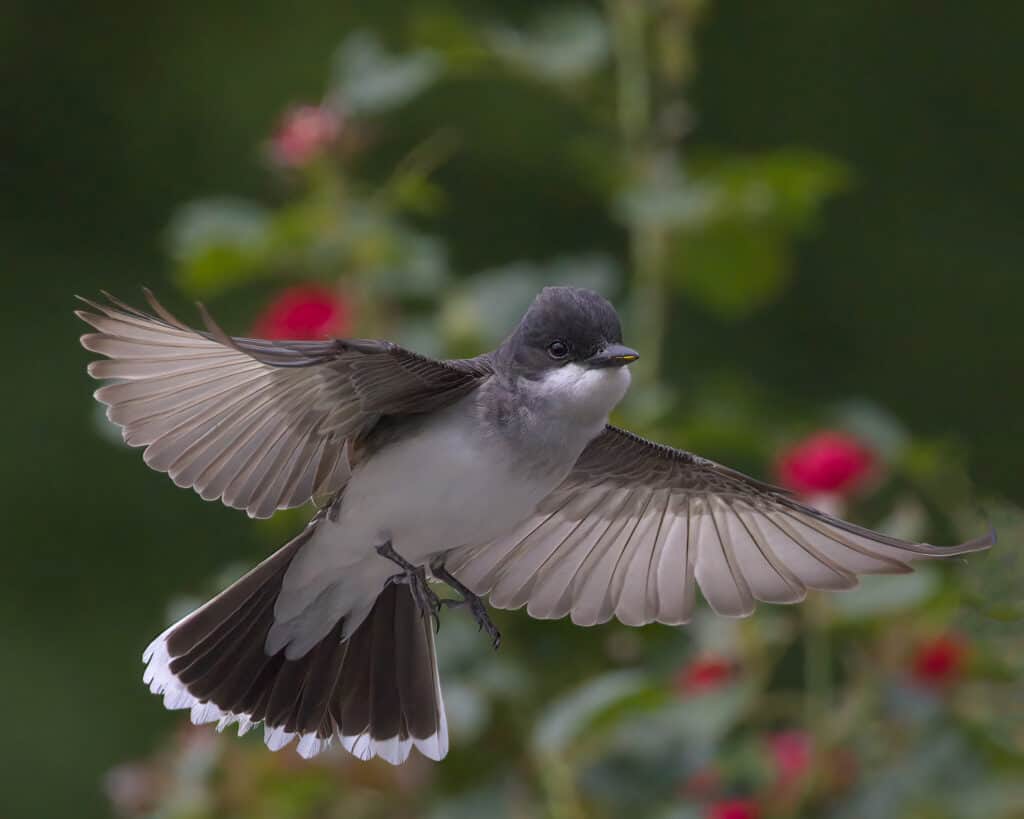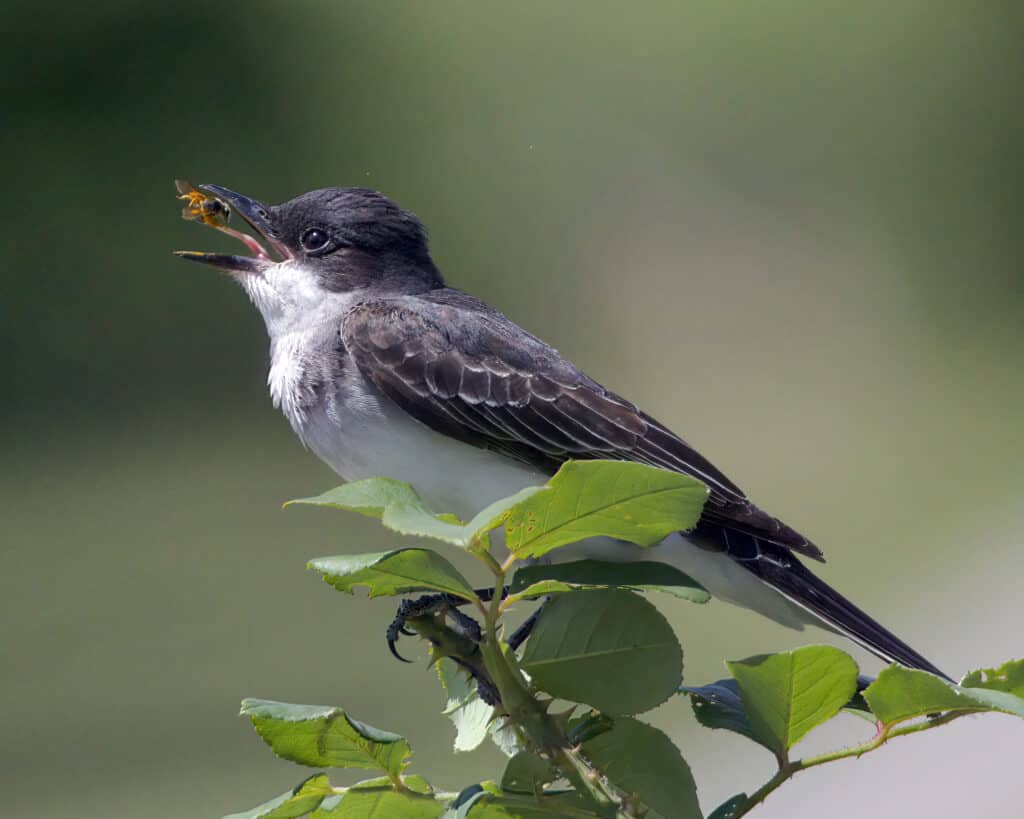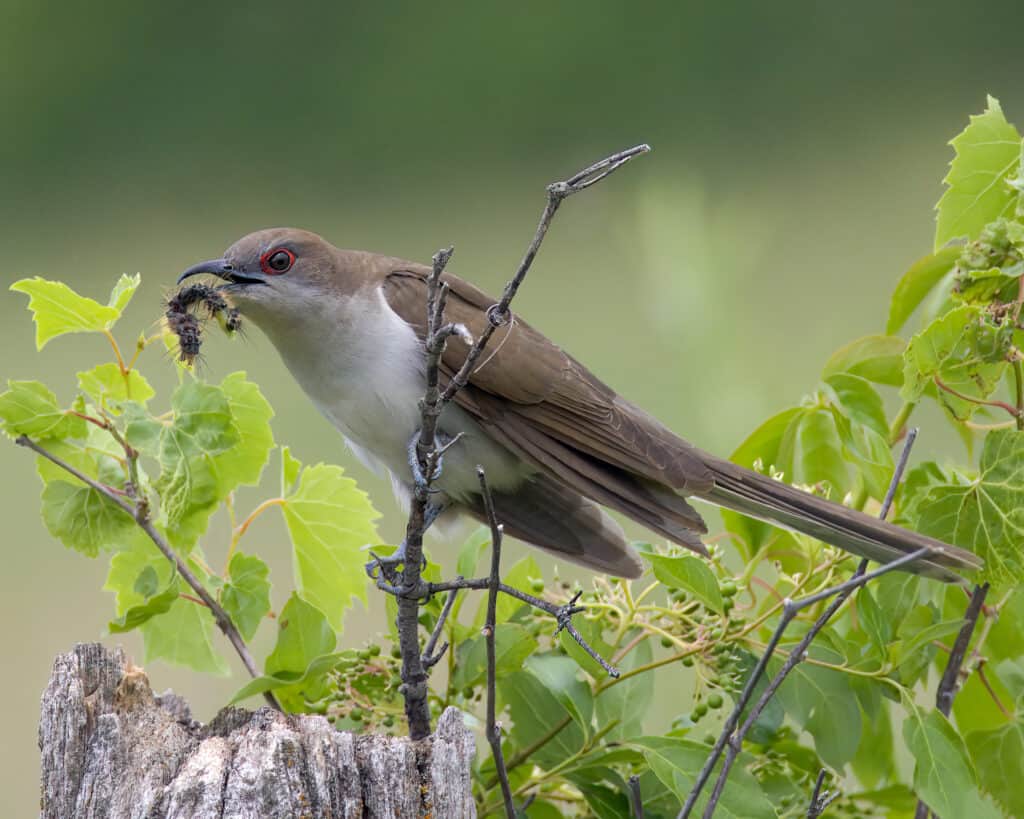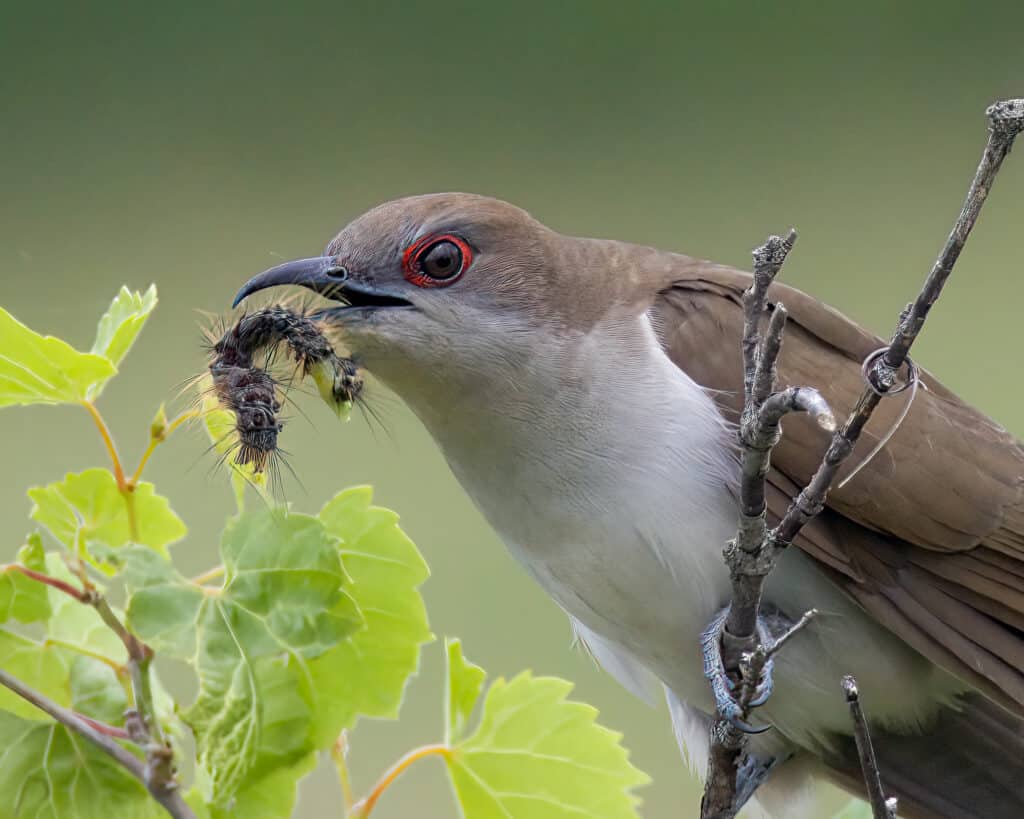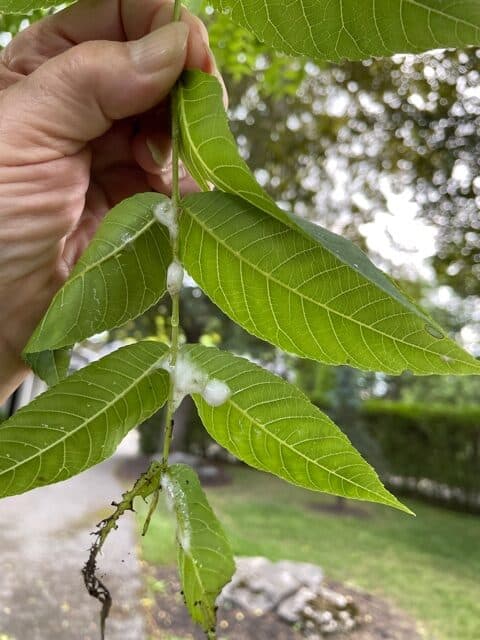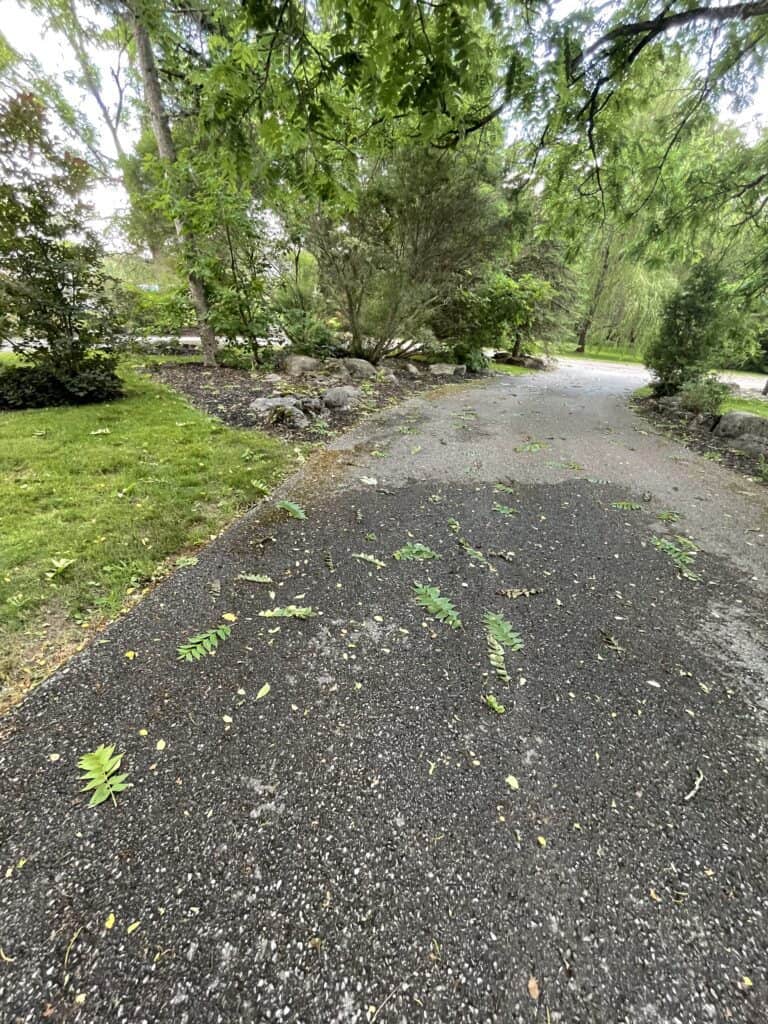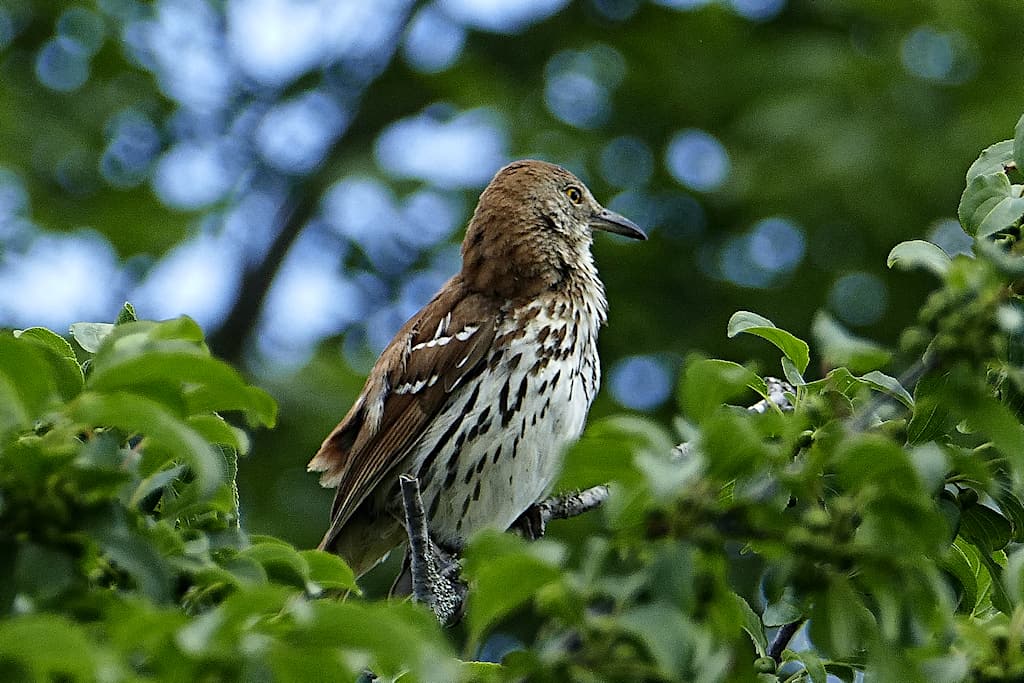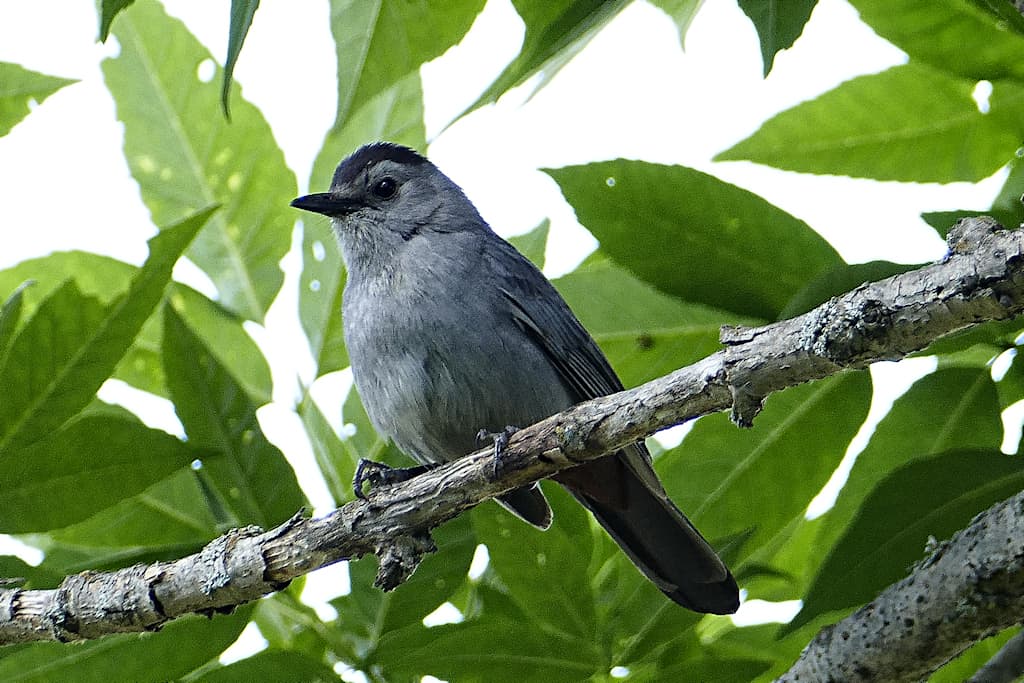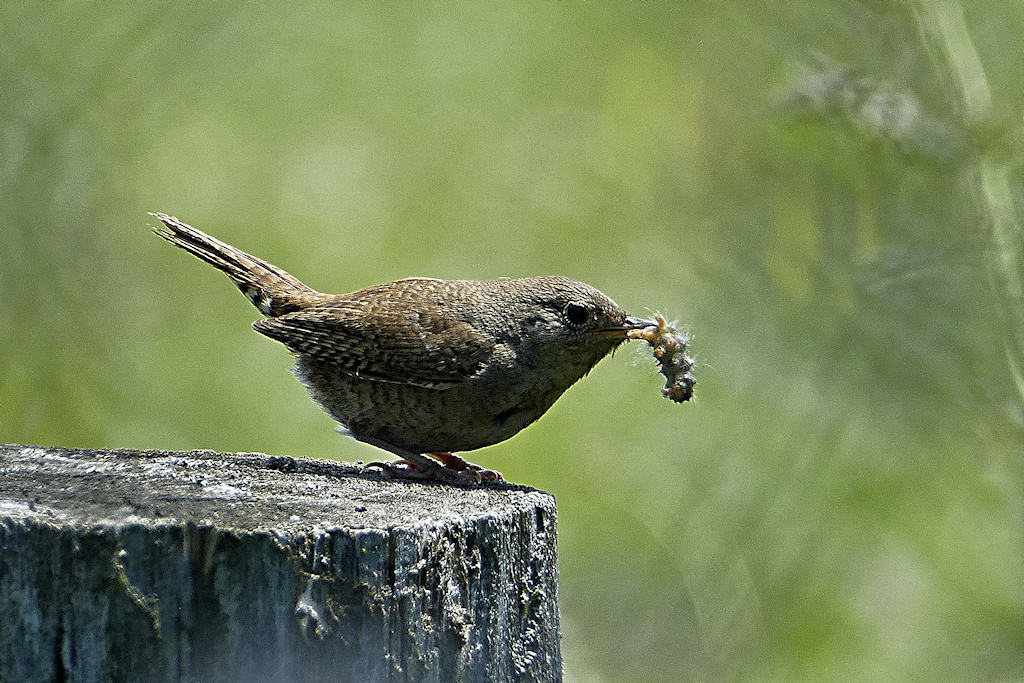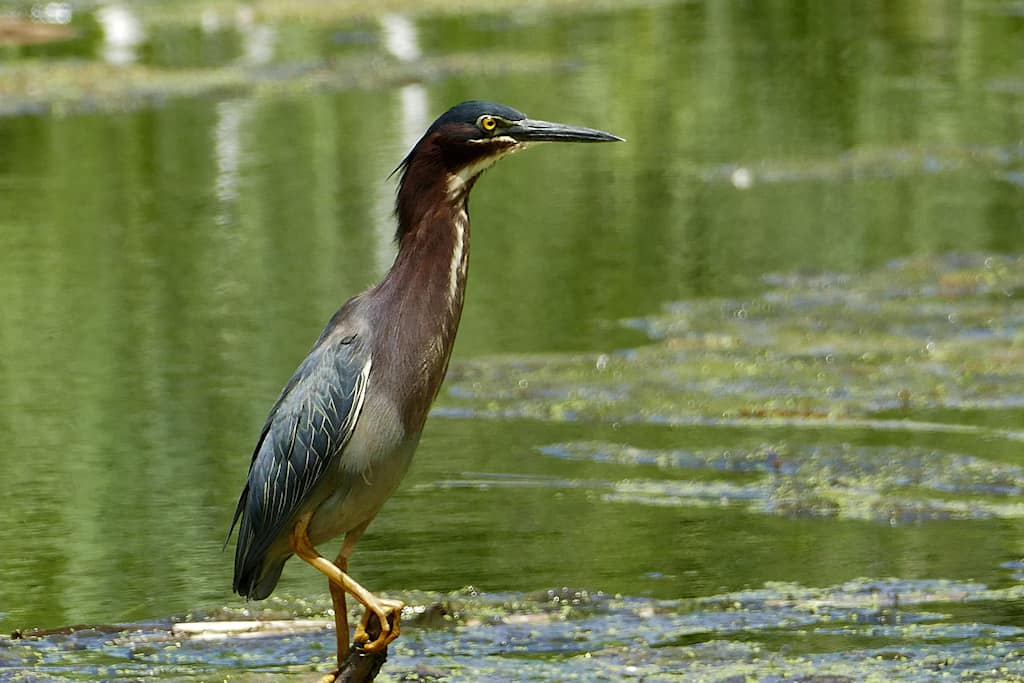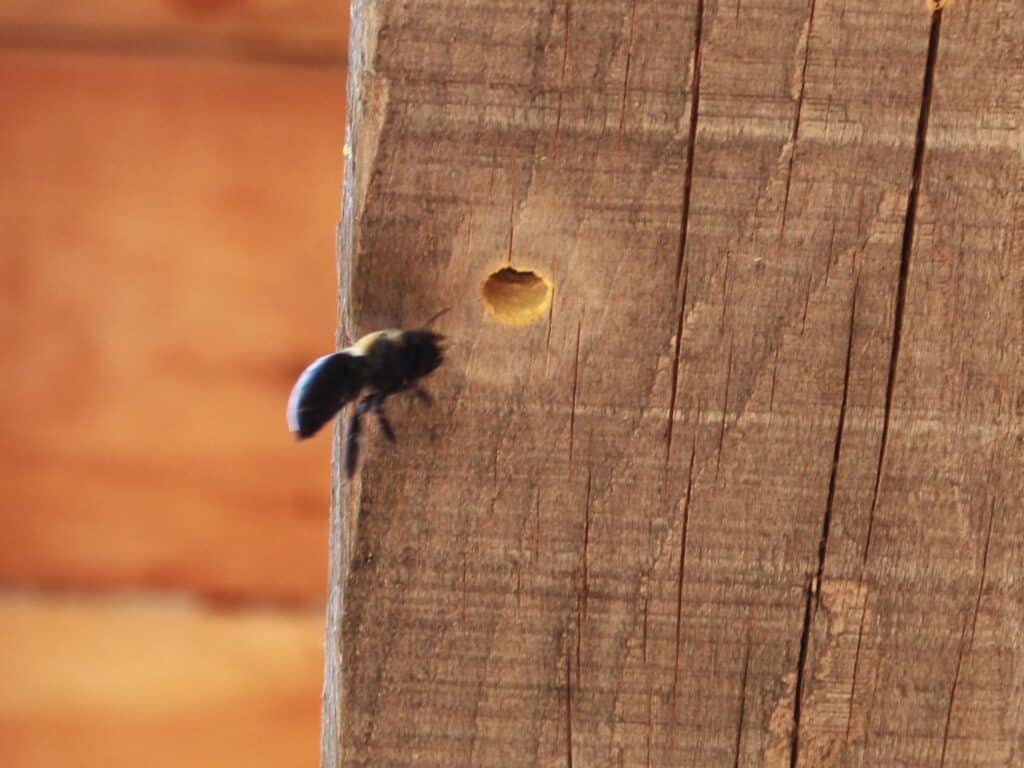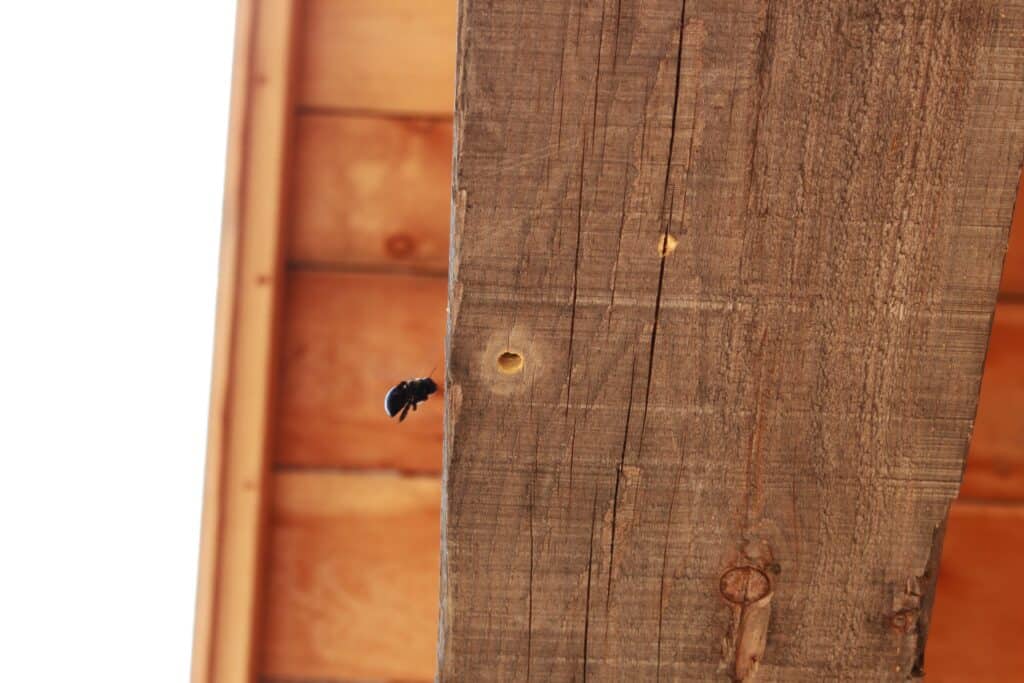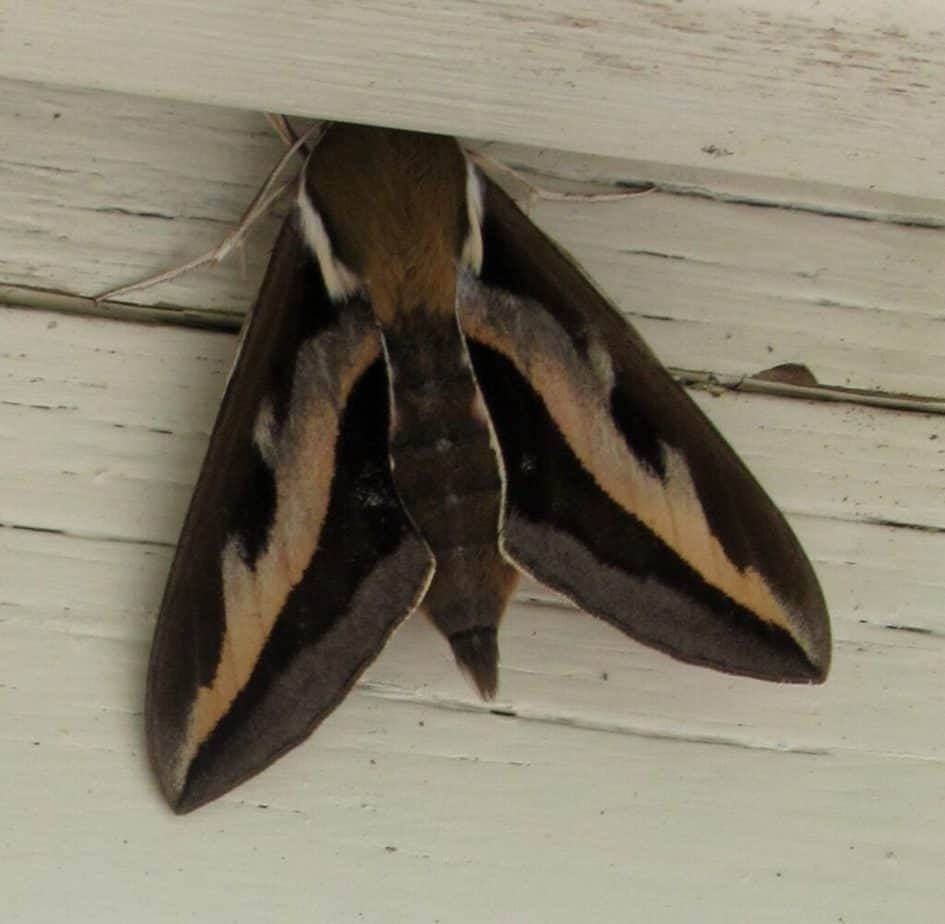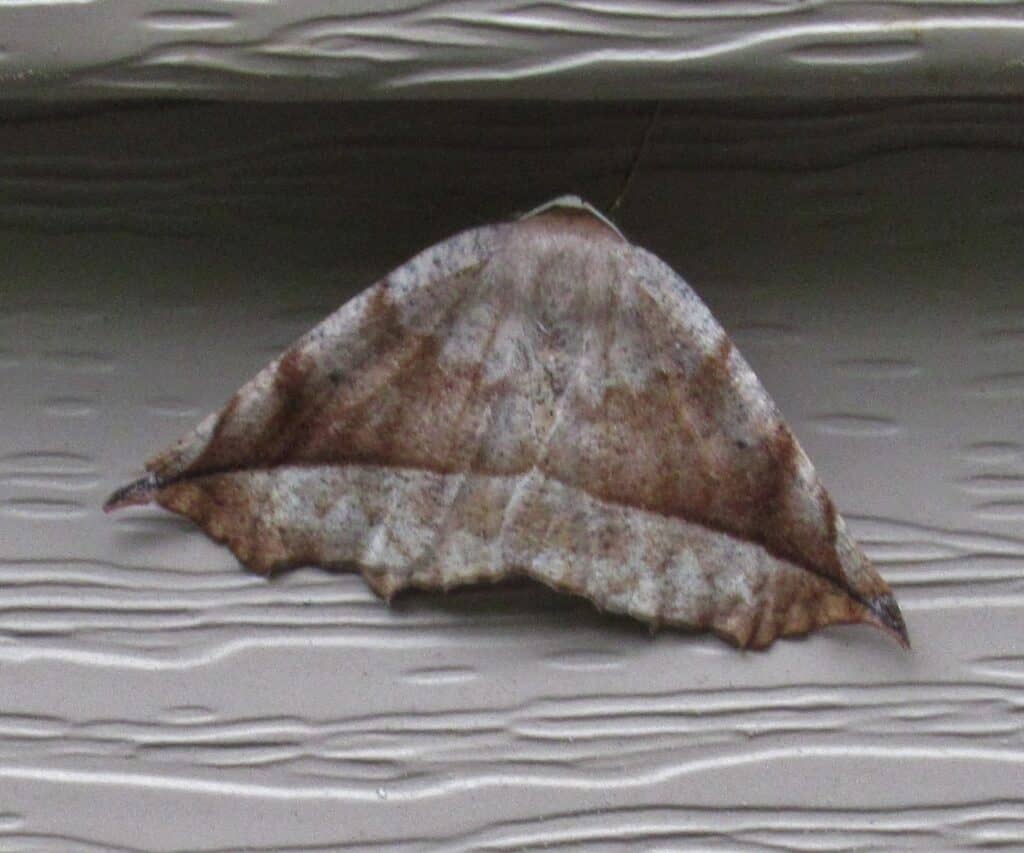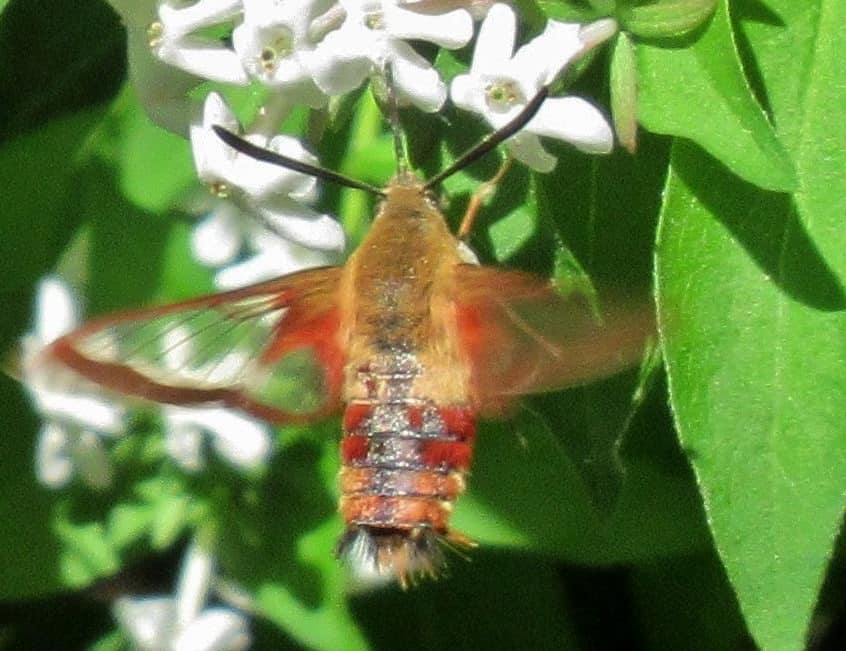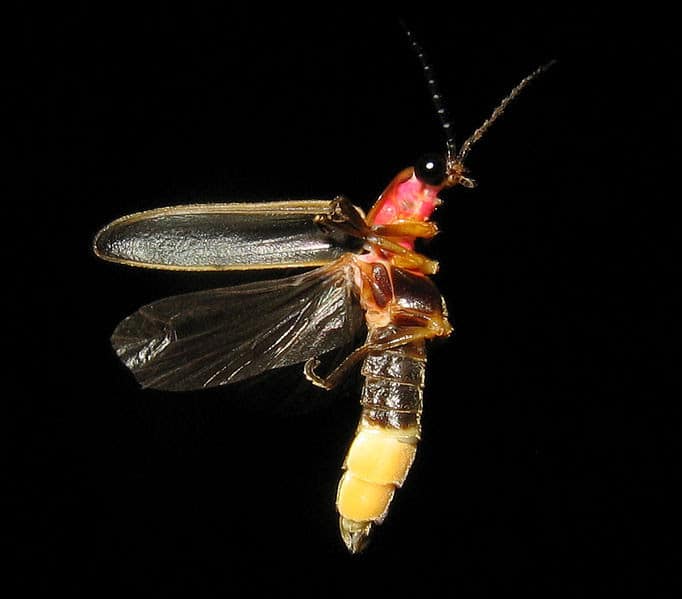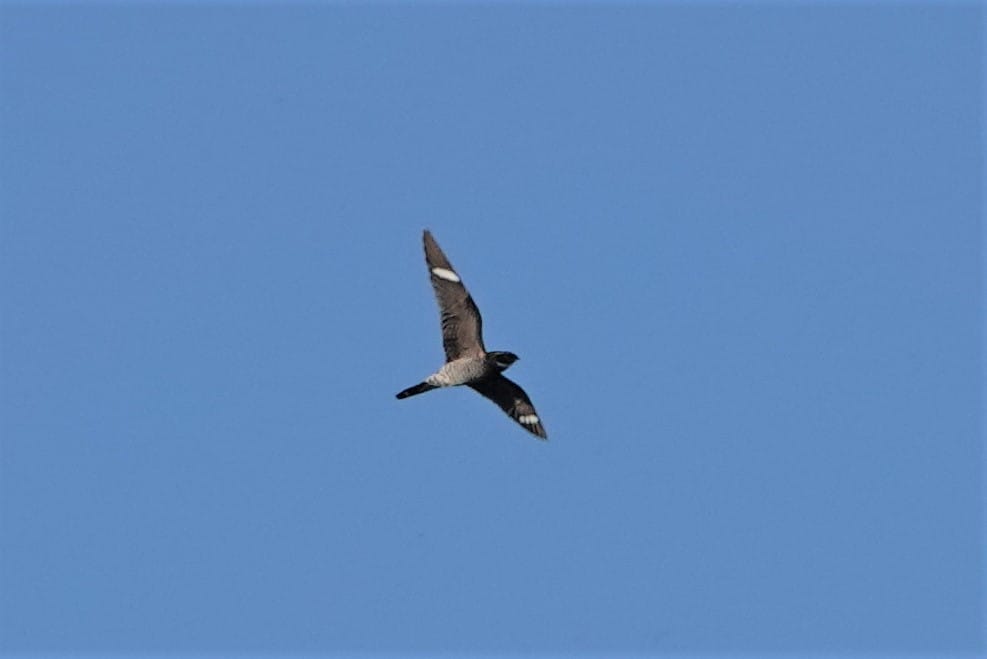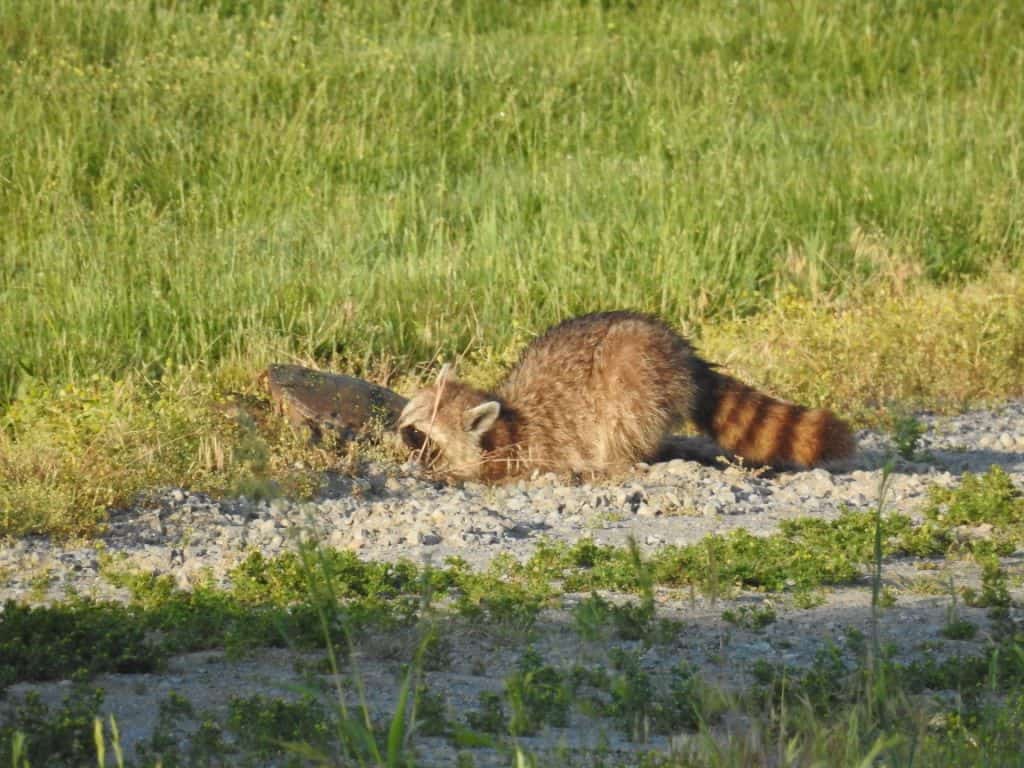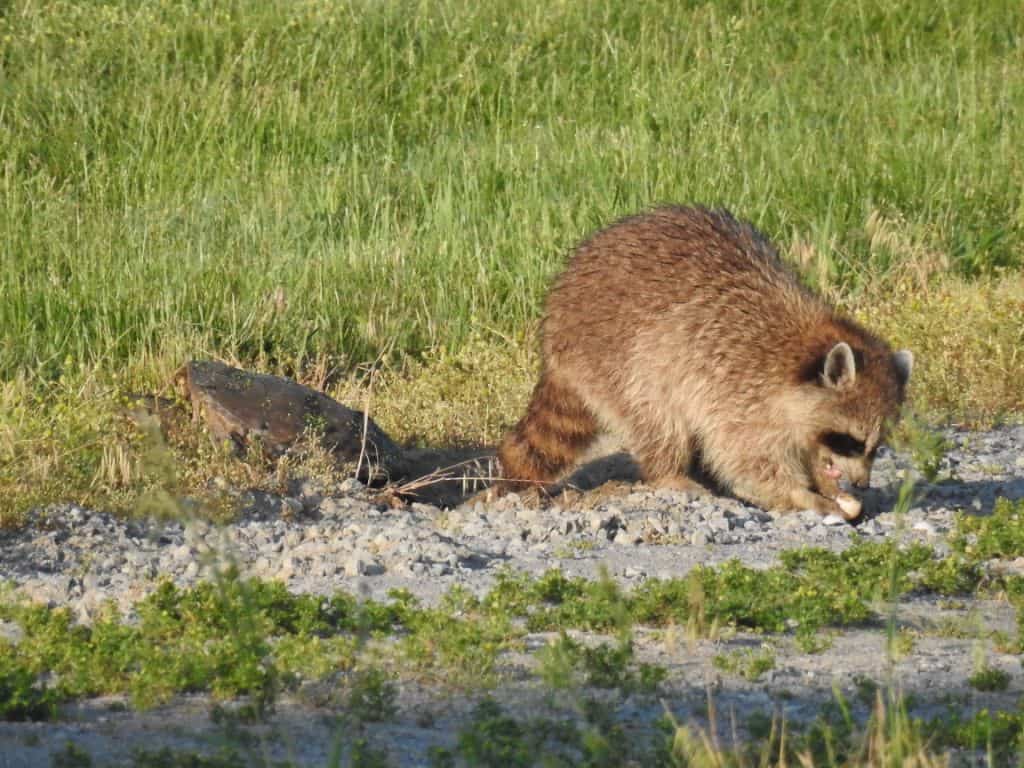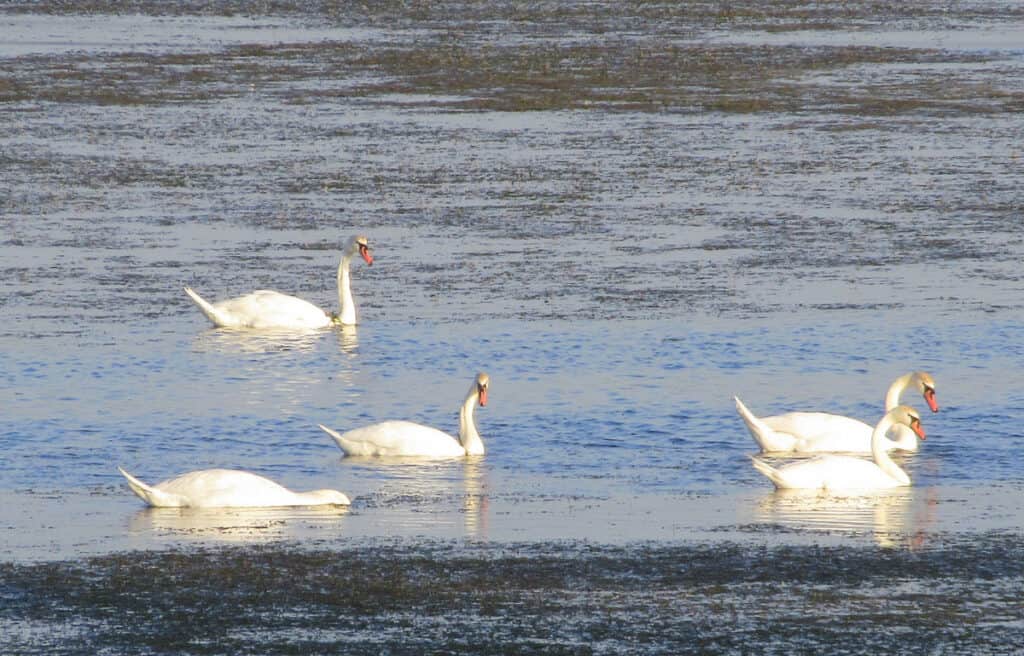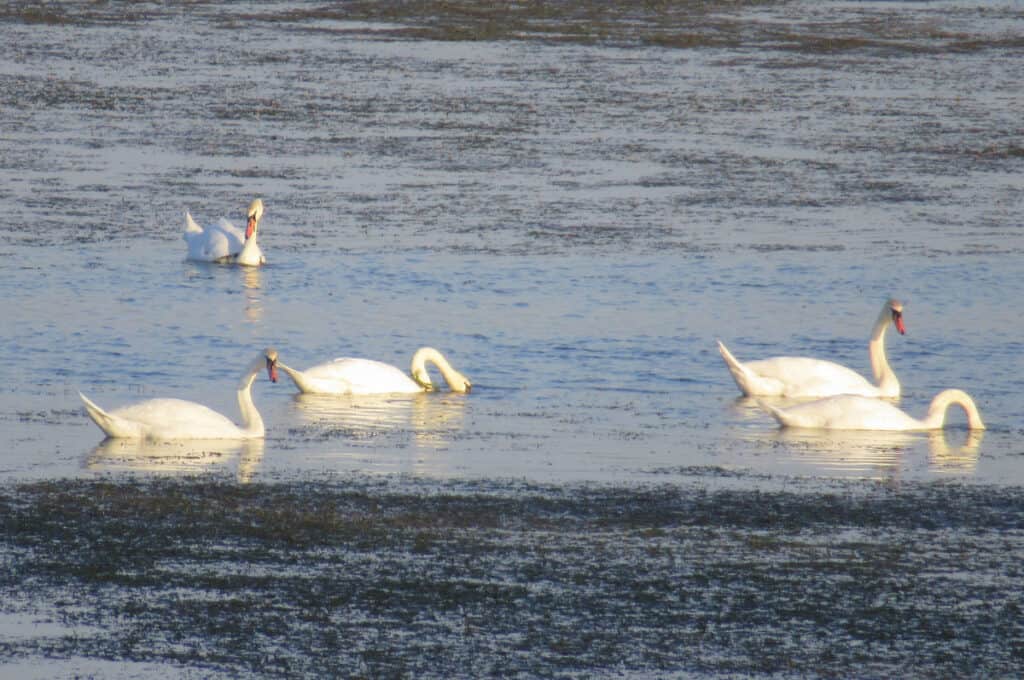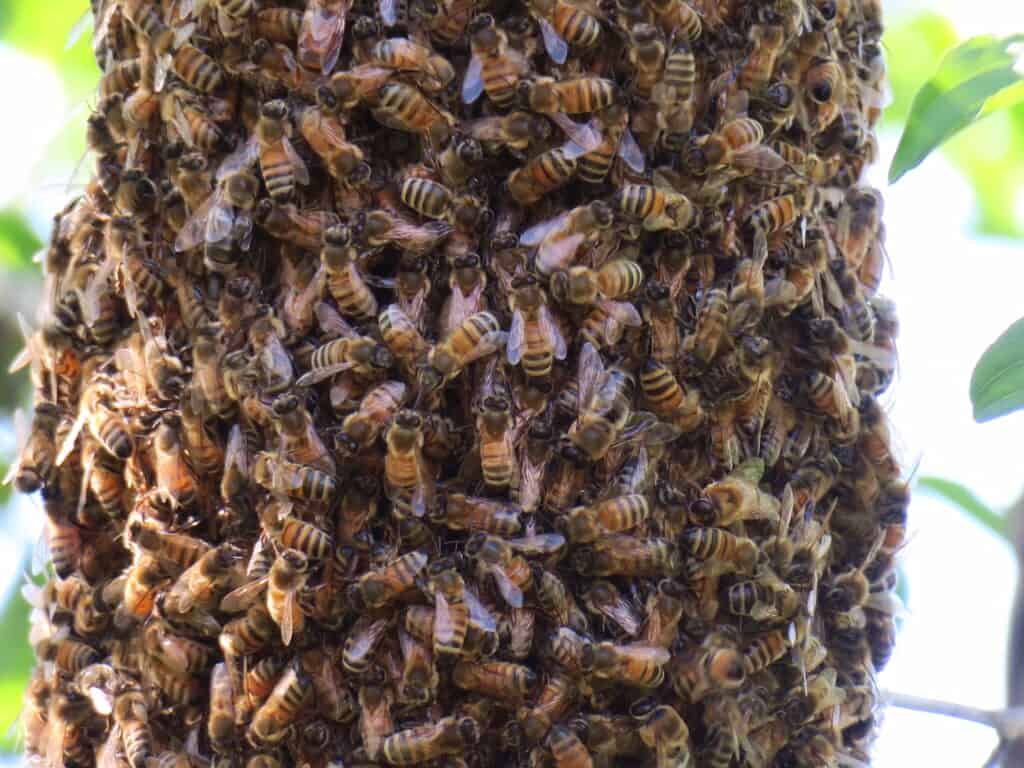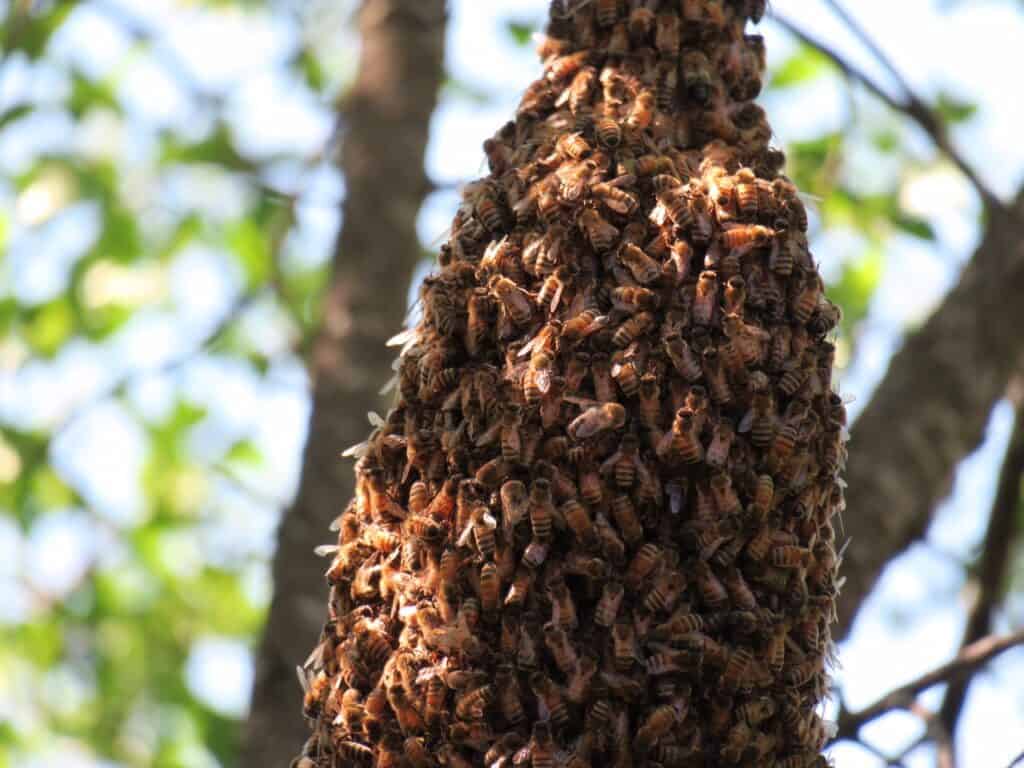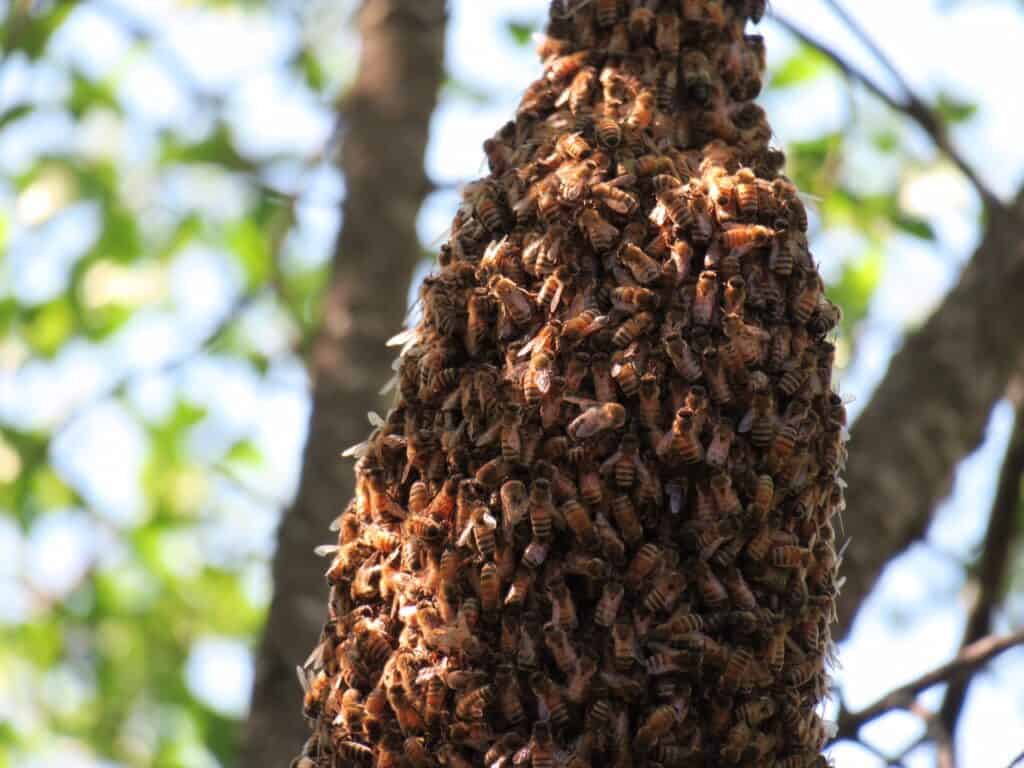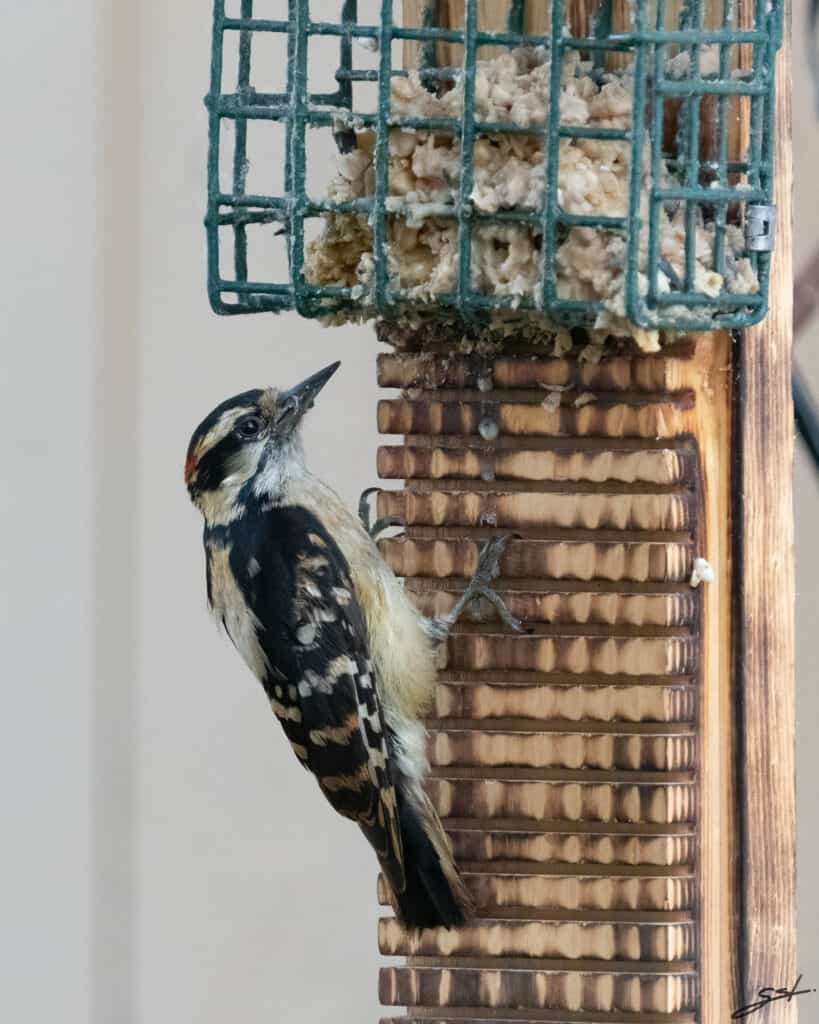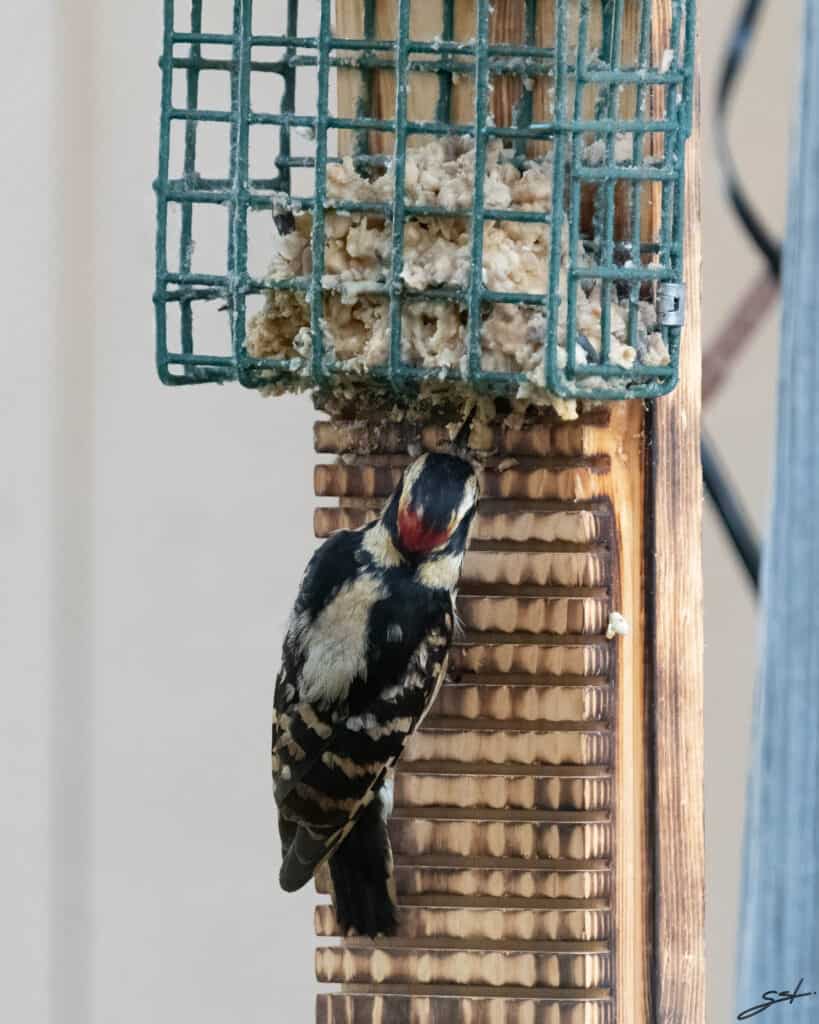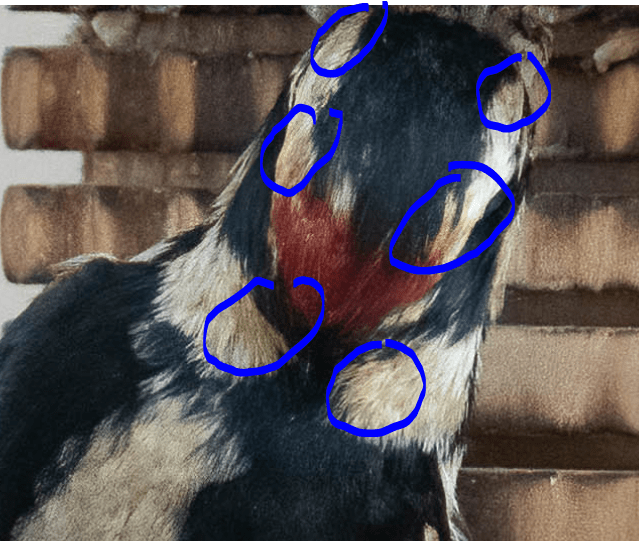A friend of mine saw an American White Pelican on Sturgeon Lake at Sandy Point on June 25. Phillip McKeating
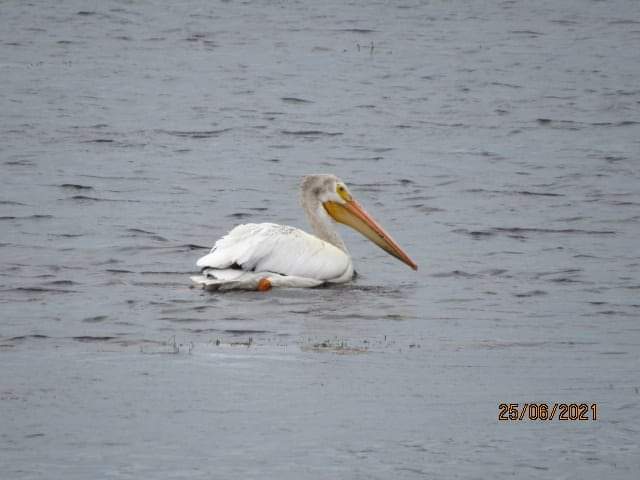
Some recent photos of an Eastern Kingbird and a Black-billed Cuckoo near Campbellford. Donald Munro
Patricia and I have been puzzled about the Black Walnut trees around our house and neighbourhood here in Lakefield. The leaves are dropping to the ground in high numbers and all we can find on the leaves on the tree are these slimy little “blobs” (shown in the picture below from June 21) which appear to move very slowly, almost imperceptibly. We have not noticed this in other years. David and Patricia Morton
NOTE: The white blobs might be the frothing from spittlebugs, although spittlebug froth is not slimy. I did a bit of research and found out that spittlebugs can show up on walnut trees. https://bygl.osu.edu/node/493 I don’t see anything about these bugs being the cause of the leaf drop, however. Apparently, one cause of early leaf drop is the fungus Gnomonia leptostyla which causes anthracnose as explained here. https://www.purdue.edu/fnr/extension/why-are-my-walnut-trees-dropping-their-leaves/ In the photos, it appears that some of the leaflets are indeed yellow, so maybe this is the cause. Also this: https://www.treehugger.com/early-tree-nut-drop-1342911 D.M.
Here are some photos from June 23. I was at Shear Cemetery on County Road 10. The Green Heron is from the Emily Park bridge area. Carl Welbourn
This amazing bee is chewing out holes in the Ecology Park Children’s Education Shelter and using them as nests, I believe. Photos are quite poor, but the behaviour is quite remarkable. It’s a LARGE bee. We didn’t get a good look at its back, because it was always flying above us. Dawn Pond suggested it might be an Eastern Carpenter Bee. Leif Einarson, Peterborough Green Up
It’s been fairly quiet on the Indian River this year and for the first time we’ve had no Canada Geese families. There have been two pairs of adults which surprisingly have mostly tolerated each other, even in close contact, possibly as neither needed to defend their territory while the females were nesting. We do have a Red Fox regularly patrolling the area, and a Raccoon and Striped Skunk pay nightly visits to dig for grubs. We’ve had two Painted Turtles up but no sign of a nest. The Snapping Turtle hasn’t paid us a visit yet and with all these predators about I hope we are able to cover any nest before the eggs are eaten. We have a camera overlooking the turning circle in case the snapper arrives early morning. I’ve attached photos which you may like to add to your website along with the commentary below about the Dobsonfly. I photographed the three moths on June 10. On June 3 neighbours spotted these ‘creatures’ crossing Sawmill Road up near the farm and sent me an email and a photo wondering what they were. There were five or six, each about three inches in length. After some research on the web, I concluded they must be the larva, or hellgrammite as they are called, of the Dobsonfly (Corydalus cornutus). They also tend to be found in relatively unpolluted water which is a good sign for the health of the Indian River. An interesting article from the University of Florida (https://entnemdept.ufl.edu/creatures/misc/eastern_dobsonfly.htm) explains the lifestyle of this larva. “When ready to pupate, hellgrammites leave the water and may pupate close to the water or travel up to 15 meters or more in search of a suitable site for pupation (Mangan 1994) – typically under a rock, log, or some type of debris that serves to maintain a moist environment. Exodus from the water of full-grown hellgrammites in a given location is fairly synchronous (within a few days). Voshell (2002) states that local residents along Virginia rivers report that thunderstorms trigger emergence of the hellgrammites – a phenomenon known locally as “hellgrammite crawling”. It is believed that the behavior is stimulated by the vibrations from the thunder.” Stephenie Armstrong, Warsaw
Looking out from our deck this evening, June 12, I can see many flashes. These are fireflies trying to attract a mate. In the natural world many animals, insects, birds and fish, have evolved their ability to attract the opposite sex. Just now many of our birds are in full fashion. Brightly coloured, full of sweet songs and some even putting on aerial displays like the Common Nighthawks are now all trying to mate, have young and then raise a brood. It is a great time to watch. Ralph Ingleton
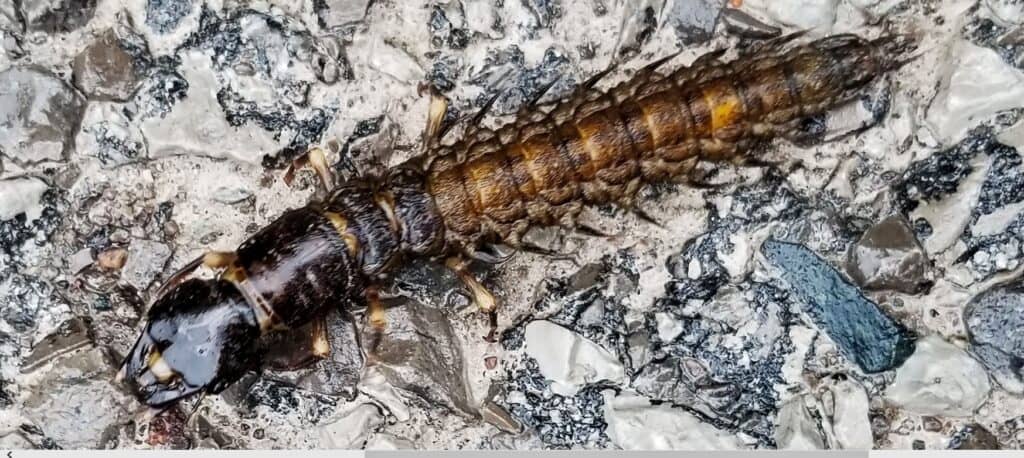
A Raccoon on June 9 in broad daylight plundering a Snapping Turtle nest…with the turtle still laying eggs at the time! I have a video of the “masked bandit” too. Rick Stankiewicz, Keene
A pair of Great Egrets on June 7 on Centre Line – Selwyn at a beaver pond between the 6th and 7th Lines at around 5:30 pm. Barry Craft
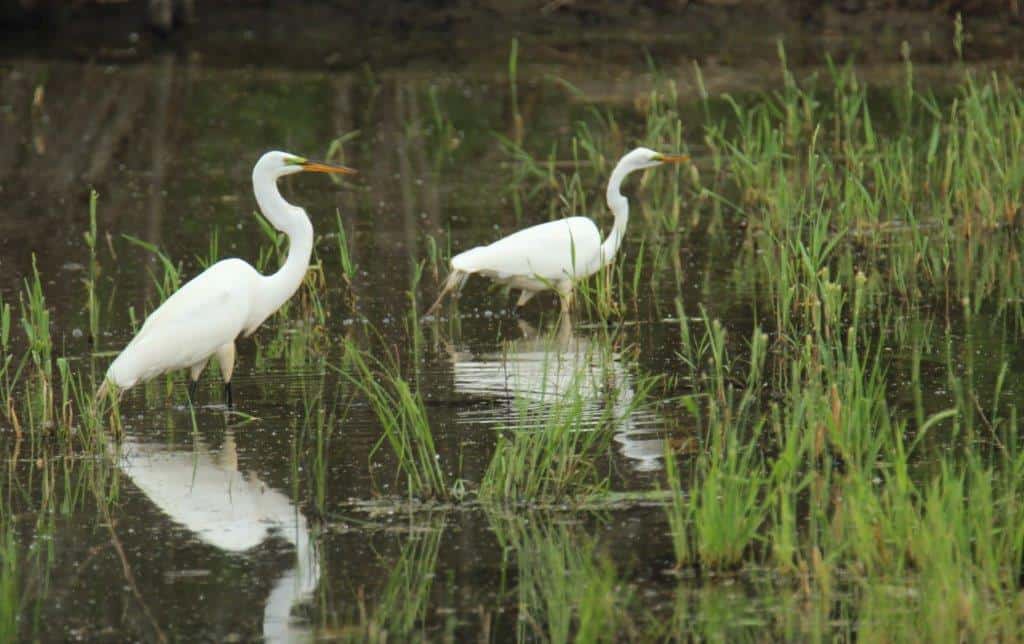
I’m sending along some photos of five Mute Swans on Rice Lake near Elmhirst Resort on about June 3. Ron Mackay
I had an interesting visit to our backyard in the west end of Peterborough on June 1st by a very large swarm of Honeybees. They landed on a tree and remained there for most of the day before again dispersing. I understand they may be a breakaway swarm from a hive in the vicinity (perhaps the solar farm hives west of town?). Fascinating to watch! Evan Thomas
I found your website as I was trying to learn more about this yellow Downy Woodpecker we have seen visiting our house for a couple weeks now. Every group I talk to thinks it’s just “tree sap stained”, but I’m not so sure, as the colouring doesn’t seem to change and it’s very uniform. He seemed kind of mangy looking. If it was just SAP, why would the bird have the same exact areas of darkening and lightening on both hemispheres of his body, and surely with time the yellow would fade and he would start looking white again. I’m not sure, but he seems to remain the same colour. In addition to the photos, I have posted a video on YouTube and written about this entire saga at www.squirrelbearwoods.com/yellow Brian Nelson, Minneapolis, Minnesota
